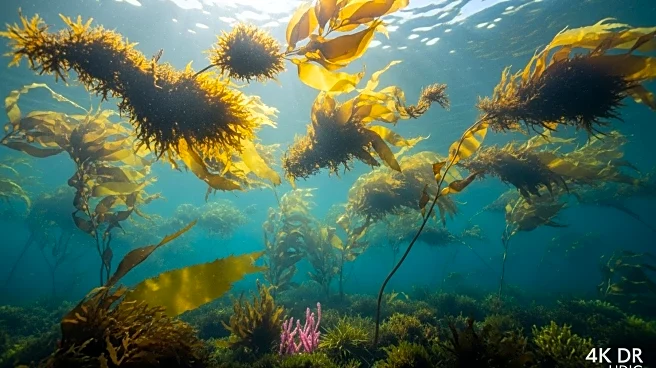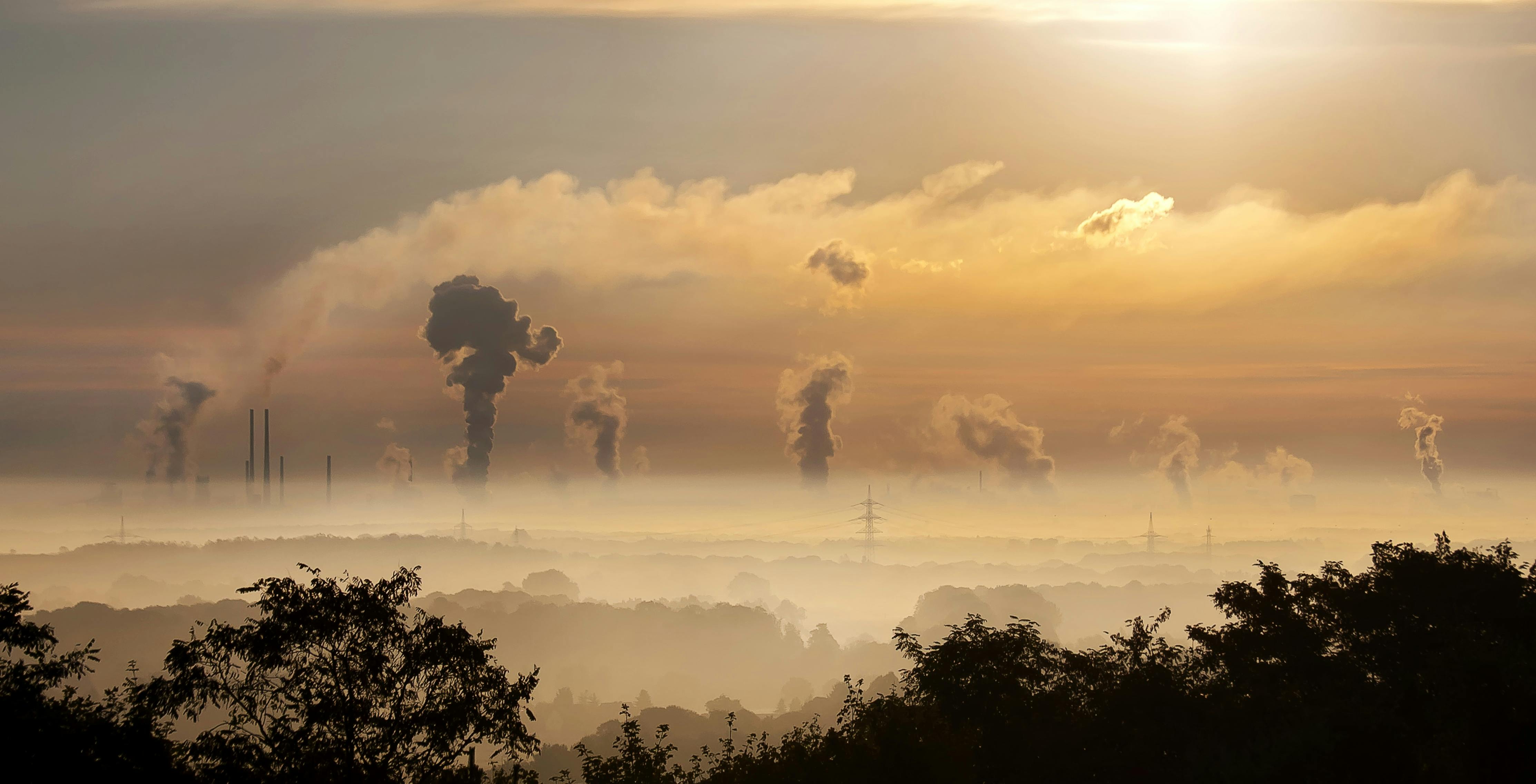What is the story about?
What's Happening?
The Energy Watch Group has compiled research indicating that floating macroalgae can significantly reduce atmospheric CO2 levels. The group's report suggests that large seaweed farms in subtropical gyres could remove substantial amounts of carbon dioxide, potentially bringing the Earth's temperature back to below 1°C above pre-industrial levels. This initiative aims to create new marine habitats and replace fossil fuels with biomass, enhancing global food security and fostering a sustainable marine economy.
Why It's Important?
The proposal to use floating macroalgae for carbon sequestration addresses the urgent need to mitigate climate change impacts. By removing CO2 from the atmosphere, this method could help prevent further warming of the planet, which threatens human civilization. The initiative also offers economic opportunities, particularly for countries in the Global South, by creating a sustainable marine economy and funding large-scale carbon removal projects.
What's Next?
The Energy Watch Group's report calls for the establishment of large seaweed farms in unused subtropical gyres. This approach requires collaboration among governments, environmental organizations, and the private sector to fund and implement these projects. The success of this initiative could lead to widespread adoption of ocean farming as a viable solution for climate protection.
Beyond the Headlines
The use of floating macroalgae for CO2 sequestration presents ethical and environmental considerations. It raises questions about the impact on marine ecosystems and the potential for unintended consequences. Long-term monitoring and research will be essential to ensure that this method is both effective and sustainable.
AI Generated Content
Do you find this article useful?
















